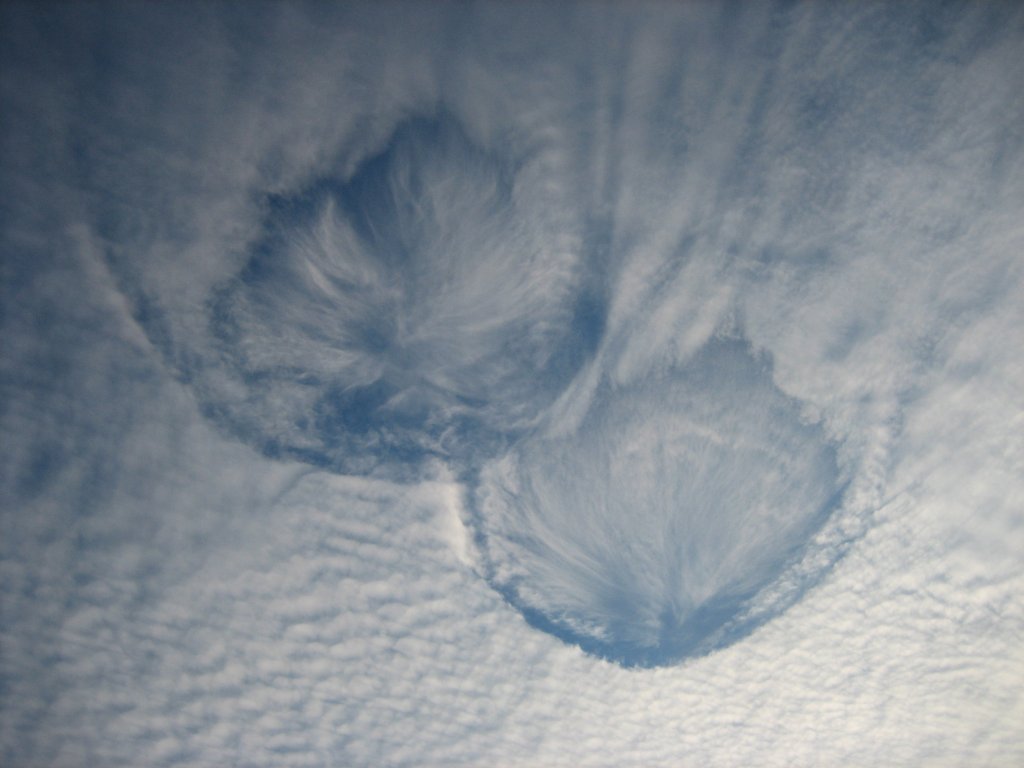
The Ulysses spacecraft has just started its second pass over the Sun’s south pole, and NASA illustrated the orbital geometry with the above diagram. Perhaps they’re slightly embarrassed by it, because I couldn’t find a larger version online.
What’s wrong with this image? Let me count the ways… First off, what’s the spacecraft doing on Jupiter’s orbit? But more importantly, what’s going on with those dashed lines? The one connecting spacecraft perihelion and aphelion, fine. The one proceeding downward from perihelion, also fine—that follows standard convention and indicates that the spacecraft’s orbit is passing below the plane of Jupiter’s orbit. But the one connecting “2006” and the little, unlabelled star? What’s up with that? Even though I know better, I initially interpreted the orbit to pass above the plane of Jupiter’s orbit at that point. Plus, “2006” seems to lie on Jupiter’s orbit (albeit in a different spot from the spacecraft cartoon). And what does the little star indicate, anyway?
Then, to add insult to injury, look at the blue triangles representing Ulysses’s polar passes. The top one, lying above the plane of Jupiter’s orbit, looks okay, but the lower one doesn’t obey diagrammatic conventions at all and appears to pass in front of Jupiter’s orbit line. Argh! The tools for creating visuals are more powerful than ever before, but powerful tools do not good visuals make.
The ESA announcement does a better job with its figure depicting the orbit, and I think it’s more accurate to boot.
The best option of all, in my opinion, is an applet that allows you to rotate around a model of the solar system in three dimensions (also available in a smaller-sized and presumably less graphics-intensive version).
It’s always a challenge to represent three dimensions in two, but the above illustration is a brilliant example of how not to do it.









